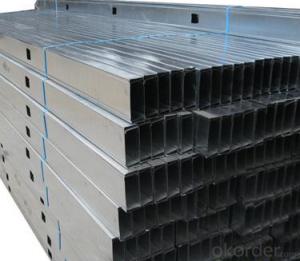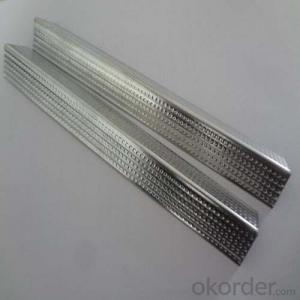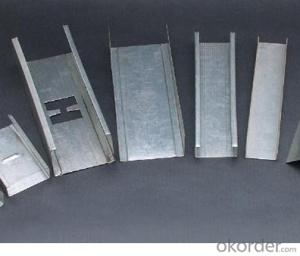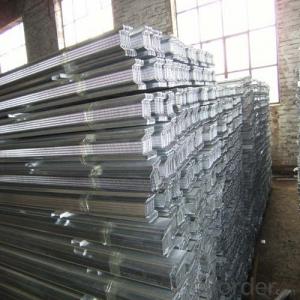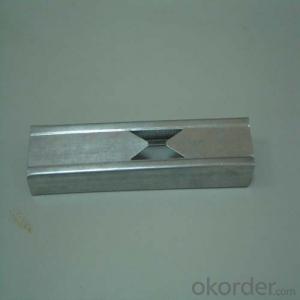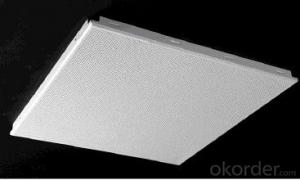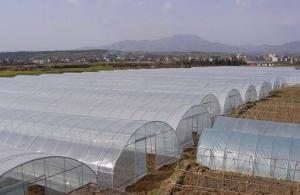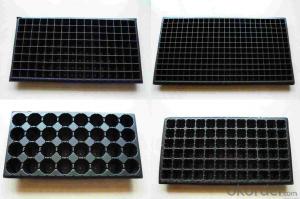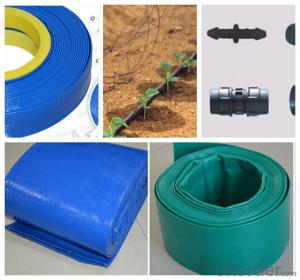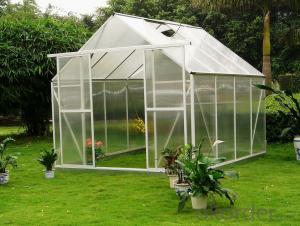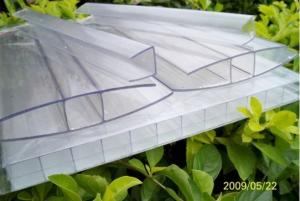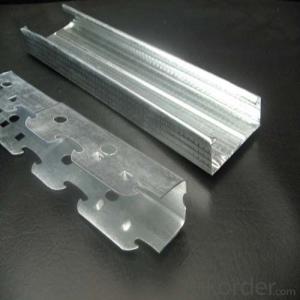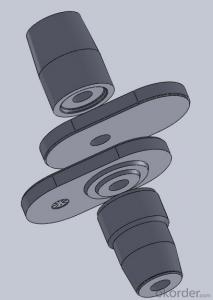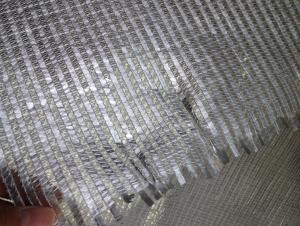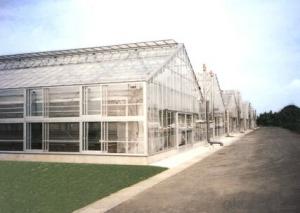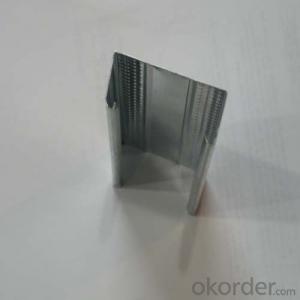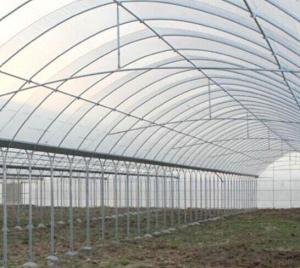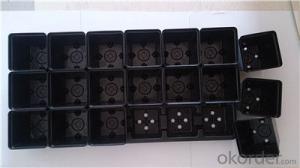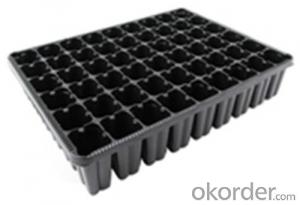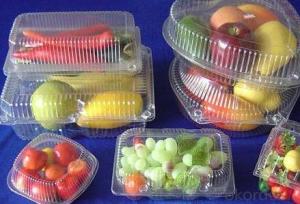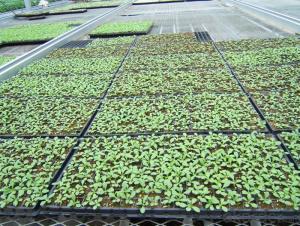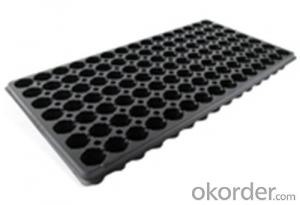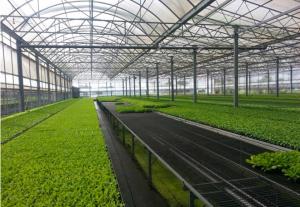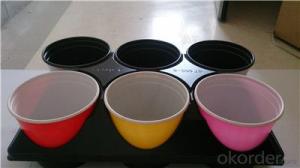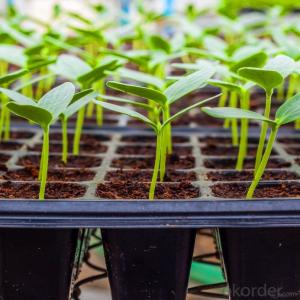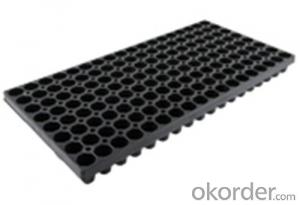Metal Greenhouse
Metal Greenhouse Related Searches
Primer For Galvanized Steel Msds Sheet For Magnesium Grinding Tools For Metal Metal Frames For Beds Metal Bar Chairs With Backs High Temperature Clear Plastic Sheet Galvanized Steel Wall Panels Galvanized Steel Sheet 4x8 Galvanized Steel Garden Beds 16 Gauge Sheet SteelHot Searches
Used Metal Folding Chairs For Sale Large Metal Containers For Sale Metal Shop Cabinets For Sale Metal Shipping Crates For Sale Sheet Metal Roofing Prices Metal Roof Tiles Prices Metal Furniture Company Steel Mesh Panels For Sale Price For Stainless Steel Scrap Scrap Price For Stainless Steel Stainless Steel Tank For Sale Stainless Steel Tanks For Sale Used Metal Folding Chairs For Sale Large Metal Containers For Sale Metal Shop Cabinets For Sale Metal Shipping Crates For Sale Price Of Scrap Stainless Steel Price Of Stainless Steel Scrap Galvanized Steel Scrap Price Type Of Stainless SteelMetal Greenhouse Supplier & Manufacturer from China
Okorder.com is a professional Metal Greenhouse supplier & manufacturer, offers integrated one-stop services including real-time quoting and online cargo tracking. We are funded by CNBM Group, a Fortune 500 enterprise and the largest Metal Greenhouse firm in China.Hot Products
FAQ
- In what year did Plastic Bags become a severe problem to the environment?
- why do you think they're a problem? They're convenient, light weight, clean, and strong. 100 of them take up less space in a landfill than a milk carton/jug. They are NOT the problem in the oceans. The problem there is plastic fishnets that have been lost by fishing boats. The nets ARE a problem, since they float and continue to catch and trap anything that goes into them. Testing has found that reusuable environmentally friendly cloth bags, used as replacements for plastic bags, soon build up high levels of bacteria as they are reused, so they need to be washed frequently which requires lots of water and detergent. In addition, at a cost of up to $5 each, buying and storing enough of them at home to handle a single trip to the grocery store can get prohibitively expensive for poor families who may use up to 20 plastic bags each trip to market to haul their groceries home. As for a year that plastic bags became a problem....it was the year immediately after plastic was touted as the salvation of the trees chopped down to create paper bags for grocery stores. Never let an environmentalist tell you what to switch to. It'll never be good enough. Just like all the environmental lawsuits now showing up in courts to stop clean energy projects (dams, windmills, solar arrays, geothermal, etc). All they want is for everyone to die and leave the planet to the frickin animals, because surely everyone can see that humans are a blight on the planet and should never have evolved.
- One way to prevent ground cover from becoming invasive is to choose non-invasive species that are well-suited to your specific climate and soil conditions. Additionally, regular monitoring and maintenance, such as trimming or thinning out the ground cover, can help prevent it from spreading uncontrollably. It is also important to avoid planting ground cover near native or sensitive plant species to prevent competition and potential invasiveness.
- Plastic silage bags offer several benefits for forage storage. Firstly, they provide an airtight seal, which helps to preserve the quality and nutritional value of the forage by minimizing exposure to oxygen. This ensures that the forage retains its freshness and minimizes the growth of mold or spoilage. Secondly, plastic silage bags are cost-effective compared to other storage methods, such as silos or bunkers. They require less capital investment and can be easily moved or relocated as needed. Additionally, these bags have a high storage capacity, allowing for efficient use of space. Lastly, plastic silage bags offer flexibility in terms of storage duration, as they can be opened and resealed multiple times without compromising the quality of the forage. Overall, using plastic silage bags can result in improved forage quality, cost savings, and convenience in forage storage.
- There are several different types of agricultural plastic covers for hay and silage, including bale wrap, silage bags, and bunker covers. Bale wrap is a stretchable plastic film that is used to tightly encase individual hay or silage bales, protecting them from moisture and preserving the quality of the forage. Silage bags are large plastic tubes that are filled with chopped forage and sealed to create an airtight environment for fermentation. Bunker covers are heavy-duty plastic sheets that are used to cover large stacks or piles of hay or silage, providing protection from the elements and helping to maintain the nutritional value of the stored forage.
- Plastic mulch films are used in farming as a protective layer that is laid on the soil surface to improve crop growth and yield. They help control weeds, conserve soil moisture, regulate soil temperature, and reduce erosion. Additionally, plastic mulch films can enhance nutrient availability, minimize disease transmission, and improve overall crop quality.
- No, nursery trays are not suitable for starting a fruit orchard. Fruit trees require proper spacing and root development, which cannot be achieved in nursery trays. It is best to plant fruit trees directly in the ground to ensure healthy growth and long-term success.
- Yes, agricultural plastic products can be used for snail and slug control. Plastic mulch, for example, can create a barrier that prevents snails and slugs from accessing plants, reducing their damage. Additionally, plastic traps can be used to attract and capture these pests. However, it is important to note that while plastic can be effective, it is not the only solution and should be used in conjunction with other integrated pest management techniques for optimal control.
- Yes, agricultural plastic products can be used for erosion control. They are commonly used as geotextiles or erosion control mats to prevent soil erosion, retain moisture, and stabilize slopes. These plastic products can effectively reduce the impact of water flow and protect the soil surface, making them a valuable tool in erosion control measures.
